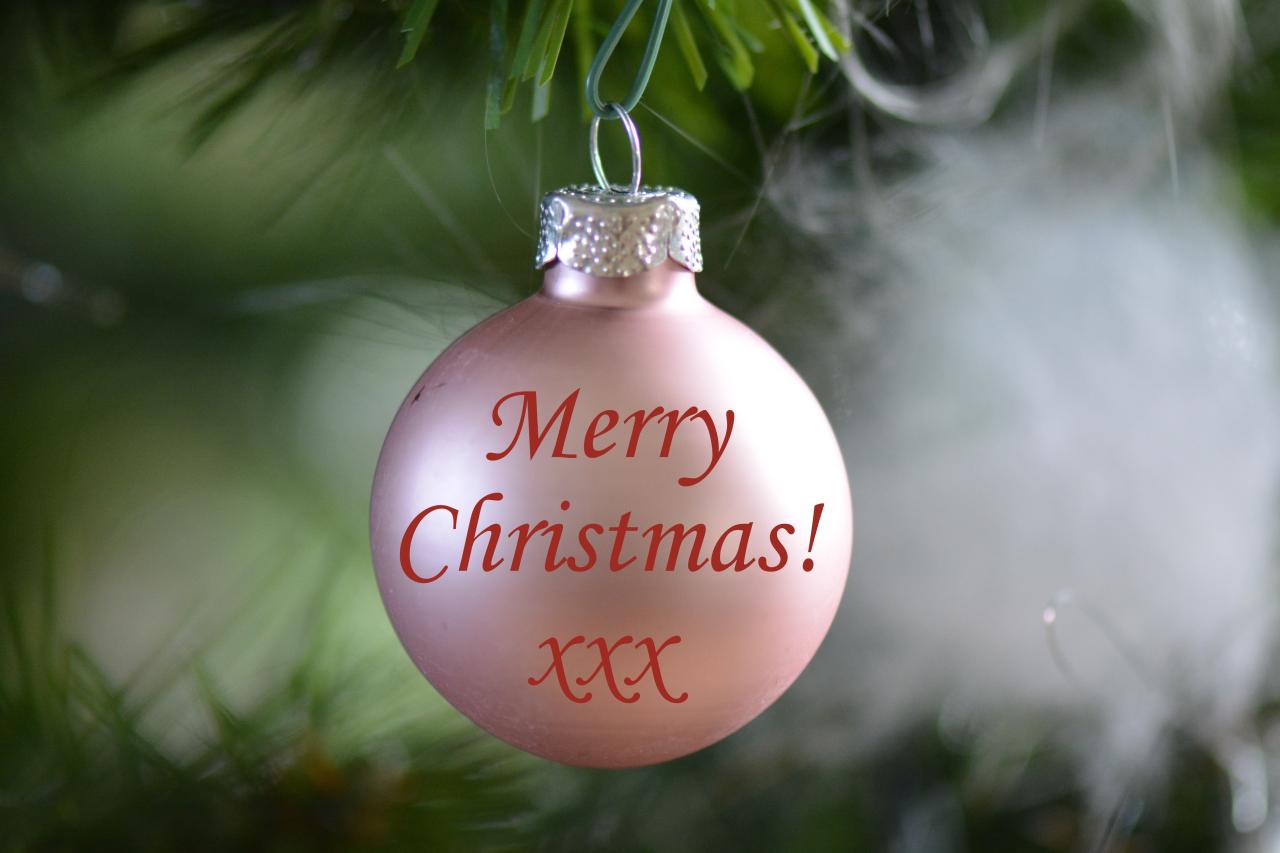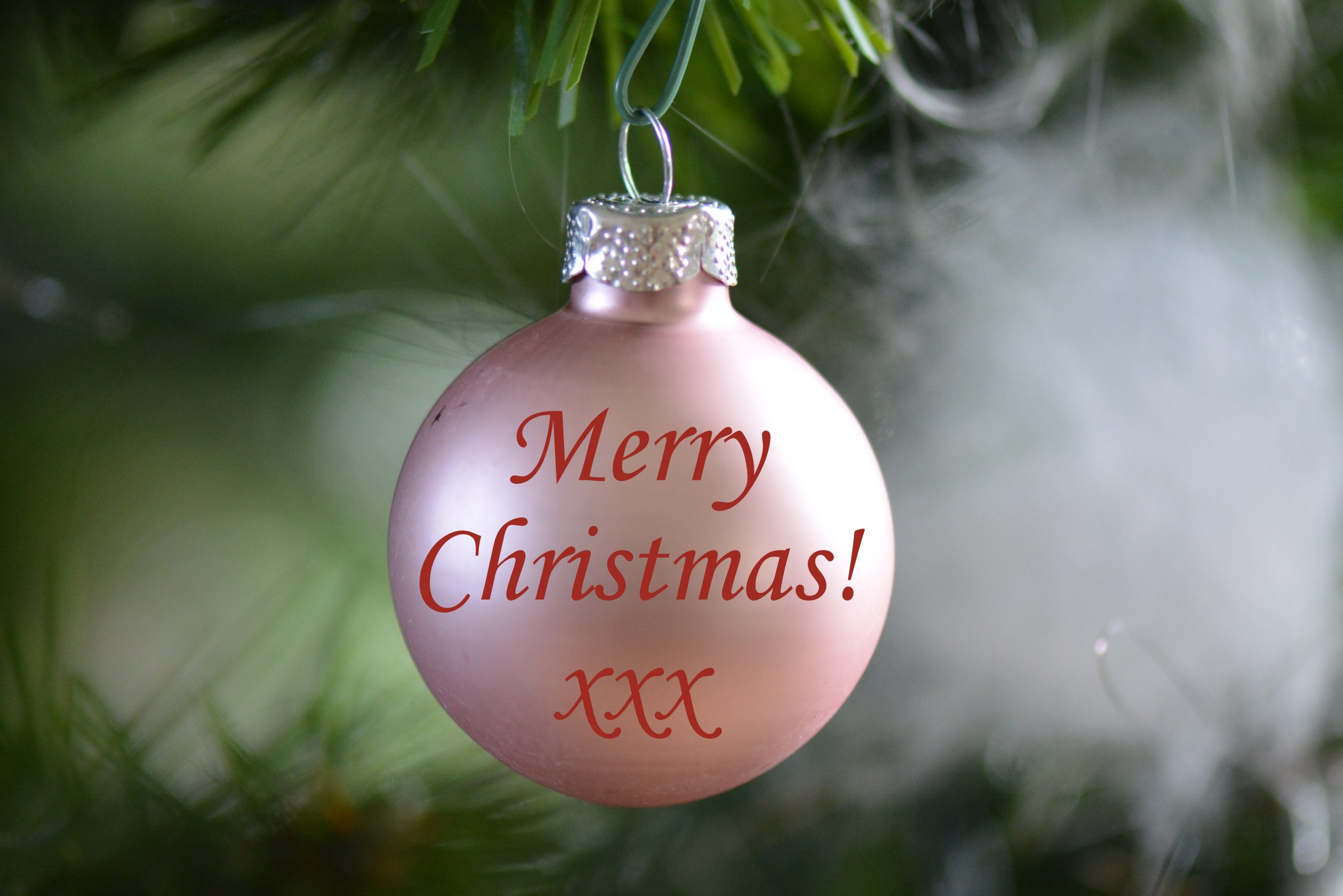As the days shorten and the Nordic chill begins to bite, Denmark transforms into a wonderland of twinkling lights, festive aromas, and an unparalleled sense of hygge. More than just a simple translation of "coziness," hygge is a fundamental aspect of Danish culture, a philosophy of comfort, contentment, and togetherness that finds its ultimate expression during the Christmas season. In Denmark, Christmas isn’t just a day; it’s a month-long celebration known as Jul, steeped in cherished traditions that warm the heart and brighten the darkest winter days.
The Danish Christmas, or Jul, officially kicks off on the first Sunday of Advent and builds in intensity until the main event on December 24th, Juleaften. It’s a time when families gather, homes glow with candlelight, and the spirit of generosity and communal joy is palpable. Forget the frantic commercialism often associated with the holidays elsewhere; in Denmark, Jul is about slowing down, savoring moments, and creating lasting memories.
The Advent Build-Up: Lighting the Way to Christmas
The journey to Juleaften begins with the lighting of the Adventskrans, the Advent wreath. This beautiful wreath, typically adorned with fir branches, ribbons, and four candles, marks the passage of time. One candle is lit each Sunday leading up to Christmas, symbolizing hope, peace, joy, and love. Families gather around, often singing carols, as the gentle glow gradually brightens the lengthening evenings. It’s a simple yet profound ritual that sets a calm, anticipatory tone for the season.
Another beloved tradition that builds excitement throughout December is the julekalender, or Christmas calendar. While chocolate advent calendars are common worldwide, Danes also enjoy a unique version: the television julekalender. Each year, Danish national television channels air a special Christmas series, with one episode revealed daily from December 1st to 24th. These shows, often whimsical tales involving nisser (mischievous Christmas elves) or magical adventures, become a shared experience for families across the country, creating a collective countdown to Christmas. Many children also have physical julekalendere with small gifts or treats behind each door, adding to the daily delight.
As December progresses, Danish towns and cities come alive with julemarkeder (Christmas markets). Perhaps none are as famous as the one at Copenhagen’s Tivoli Gardens, which transforms into a sparkling fairy tale landscape with thousands of lights, charming stalls, and festive rides. But smaller, equally enchanting markets can be found everywhere, offering handmade crafts, unique gifts, and, most importantly, a chance to indulge in seasonal treats. The air is thick with the scent of roasted almonds, spiced gløgg (mulled wine), and freshly baked æbleskiver (small, spherical pancakes dusted with powdered sugar and served with jam). These markets are a sensory delight, perfect for soaking up the julehygge (Christmas hygge) and finding that perfect present.
The Taste of Danish Christmas: A Culinary Journey
Food plays an enormous role in Danish Christmas, a veritable feast for the senses that underpins many of the season’s rituals. The aroma of traditional baking fills homes, creating an inviting atmosphere that is quintessential hygge.
Gløgg and æbleskiver are perhaps the most iconic duo of the pre-Christmas season. Gløgg, a potent and aromatic mulled wine infused with spices like cinnamon, cardamom, cloves, and orange peel, often fortified with schnapps or aquavit, is served warm with raisins and almonds. It’s the perfect antidote to the cold, warming you from the inside out. Paired with fluffy æbleskiver, it’s an irresistible combination enjoyed at markets, in cafes, and in homes throughout December.
Beyond these market treats, Danish homes are busy baking a variety of julekager (Christmas cookies). Pebernødder (small, spicy cookies with pepper and ginger), brunkager (thin, crispy ginger snaps), and vaniljekranse (vanilla wreaths) are just a few of the beloved varieties. Baking these cookies is often a family activity, with children eagerly helping to cut shapes and decorate, creating cherished memories alongside delicious treats.
However, the undisputed culinary highlight is the Christmas Eve dinner (Juleaftensmiddag). The main course is typically either flæskesteg (roast pork with crispy crackling) or and (roast duck), sometimes even goose, all served with a rich gravy. Accompaniments are equally important: caramelized potatoes (brunede kartofler) – small, sweet potatoes gently pan-fried in butter and sugar until golden and glistening – and red cabbage (rødkål) are essential. The meal is hearty, rich, and utterly satisfying, designed to be savored slowly in the company of loved ones.
The grand finale of the Christmas Eve meal is risalamande, a creamy rice pudding made with vanilla, chopped almonds, and whipped cream, served cold with a warm cherry sauce. This dessert holds a special tradition: a single whole blanched almond is hidden within the pudding. The person who finds the almond wins a small gift, often a marzipan pig. This "almond game" adds an element of playful suspense and laughter to the evening, a true embodiment of julehygge.
Juleaften: The Heart of the Celebration
Unlike many Western countries where Christmas Day (December 25th) is the main event, in Denmark, Juleaften (Christmas Eve, December 24th) is the absolute heart of the celebration. The day begins with anticipation, often with last-minute preparations, cooking, and perhaps a quiet visit to a local church for a julegudstjeneste (Christmas service), where traditional julesalmer (Christmas hymns) are sung.
As evening approaches, families gather. The dinner, as described, is a central part of the evening, a prolonged affair filled with conversation and good cheer. But the real magic begins after the meal, when everyone retreats to the living room where the juletræ (Christmas tree) stands proudly.
Danish Christmas trees are typically decorated with real candles, paper hearts woven in traditional patterns (julehjerter), and flags. The lights are often dimmed, allowing the flickering candles on the tree to cast a warm, inviting glow. The family then joins hands and dances around the tree, singing a repertoire of traditional Danish Christmas carols (julesalmer). This unique tradition, joyful and communal, is a truly special part of the Danish Jul.
After the dancing and singing, it’s time for gaver (gifts). Presents are exchanged and opened, usually in a leisurely fashion, with each gift appreciated. The evening is not rushed; it’s about sharing the joy, the warmth, and the simple pleasure of being together.
And of course, no Danish Christmas would be complete without a nod to the nisser. These mischievous, red-capped elves are a staple of Danish folklore, believed to protect homes and farms. During Christmas, nisser are everywhere – in decorations, on cards, and in stories. Tradition dictates leaving a bowl of risengrød (rice porridge) for the nisse on Christmas Eve, ensuring their good will and preventing any playful pranks they might otherwise inflict.
Beyond Juleaften: Continuing the Festivities
While Juleaften is the main event, the spirit of Jul continues. December 25th and 26th (1. and 2. juledag) are public holidays, typically spent visiting extended family and friends, enjoying more delicious food, and simply relaxing. These days are often quieter, a time for reflection and enjoying the lingering warmth of the season. Leftovers from the Christmas Eve feast are often repurposed, and more hygge is had with board games, conversation, and perhaps another slice of risalamande.
The Christmas season officially concludes on January 6th, Helligtrekongersdag (Twelfth Night or Epiphany), when Christmas decorations are traditionally taken down. However, the feeling of hygge and the memories created during Jul linger long into the new year, a comforting warmth against the winter cold.
The Enduring Spirit of Hygge
In essence, Danish Christmas is a profound embodiment of hygge. It’s about creating an atmosphere of warmth and togetherness, where simple pleasures are elevated to profound experiences. It’s the soft glow of candlelight, the comforting aroma of baked goods, the laughter around the dinner table, and the shared songs around the Christmas tree. It’s about being present, appreciating the company of loved ones, and finding joy in the quiet moments.
The Danish way of celebrating Christmas is a beautiful testament to the power of tradition and community. It’s a reminder that in a fast-paced world, there is immense value in slowing down, connecting with those who matter most, and cultivating a sense of peace and contentment.
So, if you ever find yourself in Denmark during the festive season, immerse yourself in the traditions, embrace the hygge, and experience a Christmas like no other. You’ll leave with a full heart, a satisfied palate, and a deeper understanding of why Danes consistently rank among the happiest people on Earth.
Glædelig Jul! Merry Christmas!


